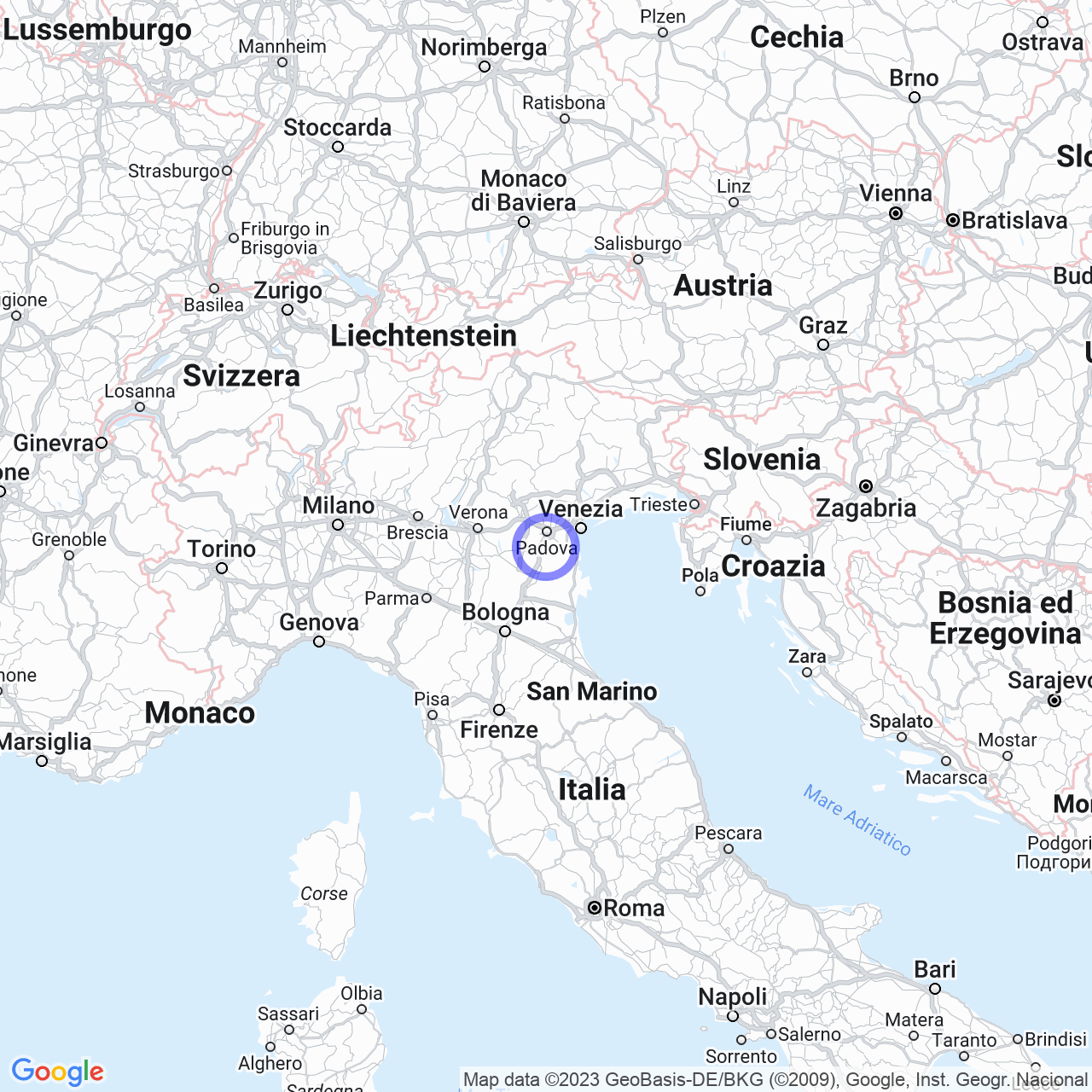Cartura
Welcome to Cartura: Discovering its Geography and History
If you're considering a trip to Italy, we suggest considering a visit to Cartura, a municipality in the province of Padua, Veneto. With its population of 4,565, located south of the provincial capital, Cartura will allow you to discover the beauty of Italian countryside and learn about its history and culture.
Physical Geography
Cartura is located within the mesoclimate band of the plain and is therefore affected by a partially continental climate throughout the year. If you're a nature lover, you'll be happy to know that in the autumn and spring months, Cartura experiences moderately rainy weather, and intense Atlantic or Mediterranean disturbances can also occur. High humidity and occasional thunderstorms occur in the summer, while winter is generally colder and drier than the other seasons.

History
Cartura has a very ancient history dating back to the Roman times in the 1st century AD. The first settlements were founded on the reclamation of a swampy land covered by forests. The name of the town is probably related to the Latin term "cartorian," indicating a production of tiles and bricks.
The history of Cartura is not just a story of reclamation and settlements. In 1324, it was destroyed by the conquest campaigns of Cangrande I della Scala, which provided for the destruction of the surrounding territories of Padua to starve the city and prevent the arrival of supplies. This event resulted in a drastic loss of population and cultivable land.
Later, in 1388, the Republic of Venice conquered Padua, destroying the countryside once again. Under their rule, the Venetians began to worry about the fate of rural populations and to understand that a decent agricultural economy would bring benefits in terms of military defense as well. Thus, a reclamation project began in Cartura with the construction of a large artificial drainage system called the "Fossa Paltana." This led to a more stable situation in the 16th and 17th centuries when the villas and palaces that are still visible today were built.
During the late 18th century and early 19th century, Cartura was experiencing a power-sharing moment between the French and the Austrian Empire.
Places of Interest
If you visit Cartura, you can't miss the Church of Santa Maria Assunta, whose construction dates back to the 17th century. In front of the church, you'll find the Buzzaccarini Palace, dating back to 1729. You can admire the villas along the Cagnola Canal, which connects the mainland with the lagoon and is an example of Venetian architecture from the 16th and 17th centuries.
In addition, Cartura is part of the Veneto cycling system, which allows you to discover the beauty of the now cultivated and fertile countryside.
Conclusions
In conclusion, Cartura is a historic village in the province of Padua that will allow you to learn about the history and culture of the Veneto region. You can enjoy the beauty of nature and visit the impressive Church of Santa Maria Assunta and the Buzzaccarini Palace. Thanks to the Veneto cycling system, you can discover the beauty of the countryside and appreciate the local agriculture. We invite you to visit Cartura and discover this gem of the Veneto region.
